News
Customize list
-
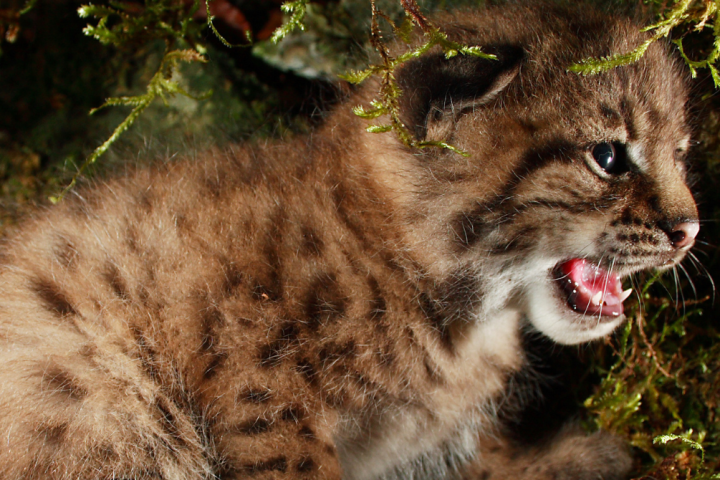
The LIFE Lynx project has won two prestigious awards
The LIFE Lynx project, in which the University of Ljubljana participated as a partner, received two prestigious LIFE 2025 awards. The expert jury declared it the best project in Europe in the category “Nature Conservation and Biodiversity,” and it was also chosen as the best by the audience.
-

Planning Renewable Energy Without Conflict?
The transition to renewable energy is a political necessity. But how can it be implemented without compromising other vital objectives – such as biodiversity conservation, water management, cultural heritage preservation, and public health – while also ensuring active public engagement?
-
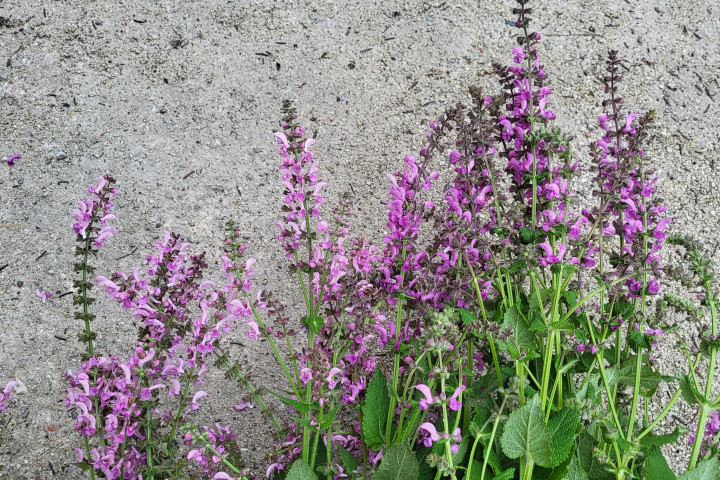
Food for Thought Festival: Scientists discuss the biodiversity crisis and possible solutions
From 12 to 15 May 2025, the University of Ljubljana (UL) will host the second edition of the Food for Thought Festival, a series of events dedicated to addressing current societal challenges related to sustainability. The overarching theme of this year's festival is the preservation and enhancement of biodiversity. The festival features a variety of free events, ranging from panel discussions to workshops for students, employees, and the general public. Its aim is to raise awareness of the biodiversity crisis and the importance of strengthening biodiversity, both in urban environments and more broadly. Biodiversity is crucial for maintaining the healthy functioning of ecosystems and contributes, among other benefits, to human well-being and, through ecosystem services, to ensuring food security and diversity.
-
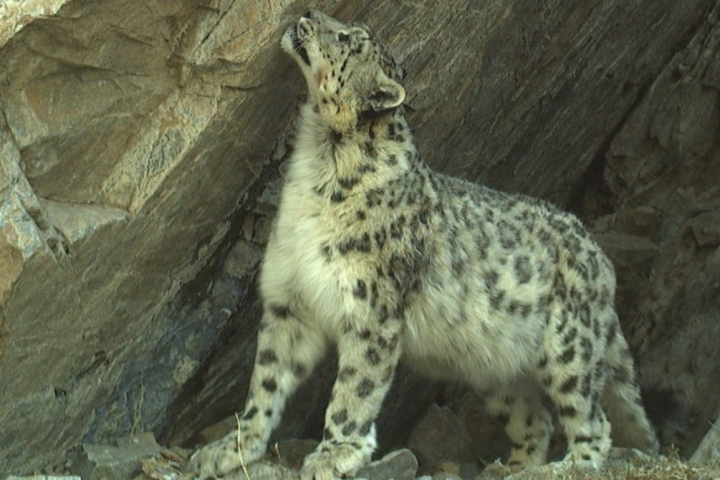
How do snow leopards communicate among themselves and how can such knowledge help monitoring of these elusive cats?
Snow leopards use at least seven different behaviours for communication and most often leave scant messages in narrow gorges by scraping and urine marking. These are among the results of a new study by international team of researchers that took place in the Altai mountains of Mongolia and was led by Biotechnical Faculty from University of Ljubljana. New insights will be used to improve the efficiency of camera-trapping monitoring.
-
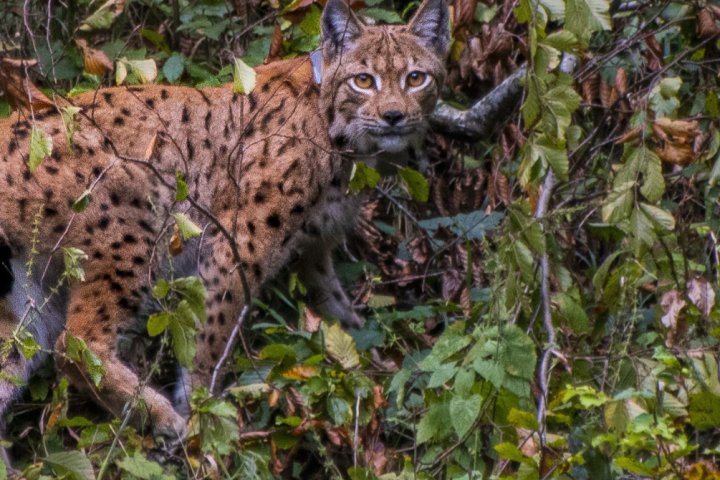
Life of lynx across Europe: insights from continental-scale research
Eurasian lynx are adaptable apex predators that can survive in a large variety of habitats – from Arctic tundra to Mediterranean forests. But only if people allow them. This was the focus of new continental-scale research co-led by researchers from the University of Ljubljana. Two studies published these days provide new insights into lynx foraging behaviour and mortality patterns.
-
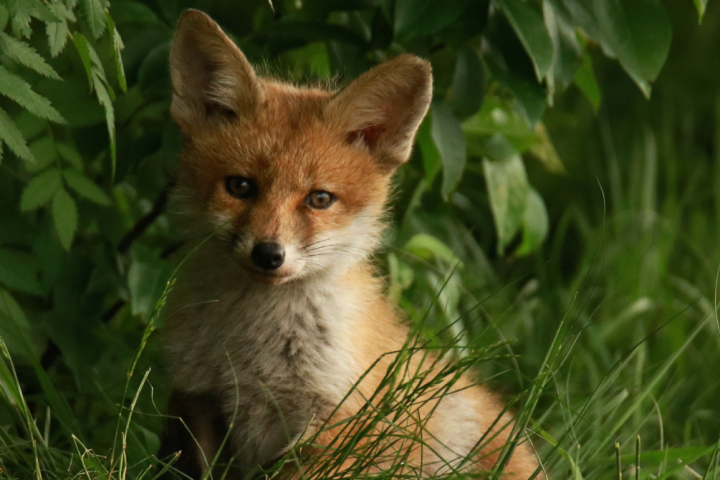
Wild animals are a good indicator of environmental pollution
Wild animals are a good indicator of environmental pollution that affects the entire ecosystem. Therefore, the Veterinary Faculty of the University of Ljubljana, in collaboration with the Faculty of Economics and the Biotechnical Faculty, has decided to conduct a study to examine the amount of toxicants in the tissues of certain animal species in Slovenia.
-
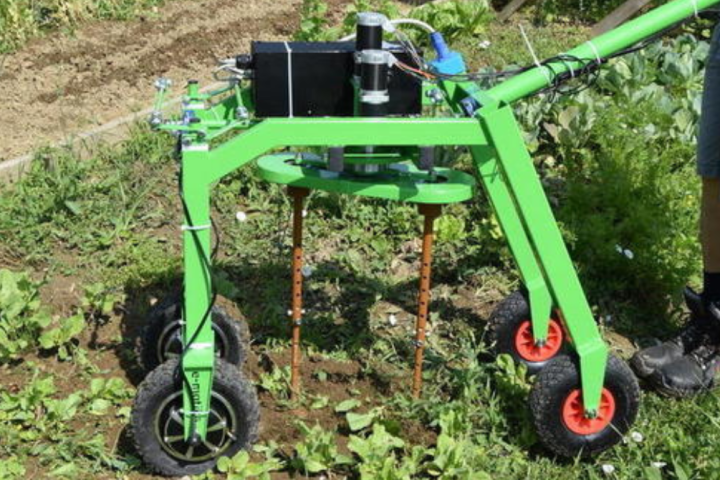
Sustainable Use of Soil with E-MOTIKA
Tillage machines are a necessity in agriculture, but they compact the soil and do not allow smaller farmers and growers to till and weed in an environmentally friendly and sustainable manner. Researchers from the Faculty of Mechanical Engineering of the University of Ljubljana, together with project partners on the Accelerated Vegetable Hoeing project - "MOTIKA," addressed this challenge by developing a hoeing machine specifically for smaller farmers and crop growers.
-
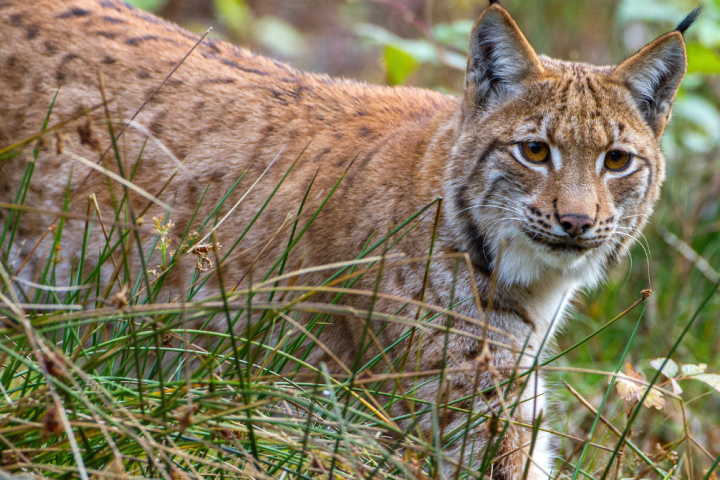
LIFE Lynx project - preventing the extinction of the lynx in the Dinaric Mountains and the South-Eastern Alps
How to save the Eurasian lynx population in the Dinarides and the South-Eastern Alps from extinction again? This is the challenge that the LIFE Lynx project, in which the Biotechnical Faculty of UL participated as a partner, has successfully tackled. Before the start of the project, there were 20 adult lynx in Slovenia, which were threatened by inbreeding. A total of 14 animals were introduced from the Romanian and Slovakian Carpatian Mountains, 9 of them in Slovenia and 5 in the Croatian Dinaric Mountains. This not only saved the population, but also set an example of good practice for all future attempts to reintroduce lynx or similar large carnivore species in Europe.
-
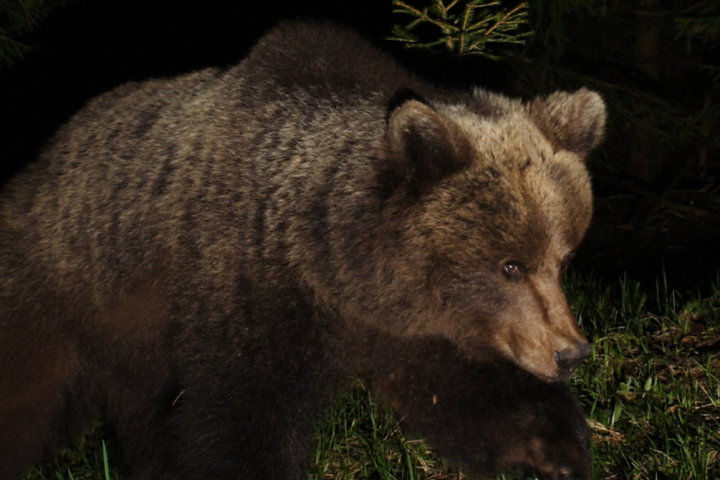
How do wild animals react to human presence in their environment?
Understanding how animals respond to people is becoming increasingly important in the face of growing disturbances such as tourism, recreation, driving in natural environment and the exploitation of natural resources. To this end, researchers from around the world have pooled their data to find out how wild animals respond to people in their environments. The results showed considerable differences among different species, with large carnivores proving to be the most sensitive to humans. Part of the research was also carried out in Slovenia, where researchers from the University of Ljubljana’s Biotechnical Faculty and the Slovenia Forest Service observed the strongest response in brown bears. The researchers hope that the new knowledge will facilitate coexistence between humans and animals, and enable more effective mitigation of the negative impact of recreation and other human activities in nature.
-
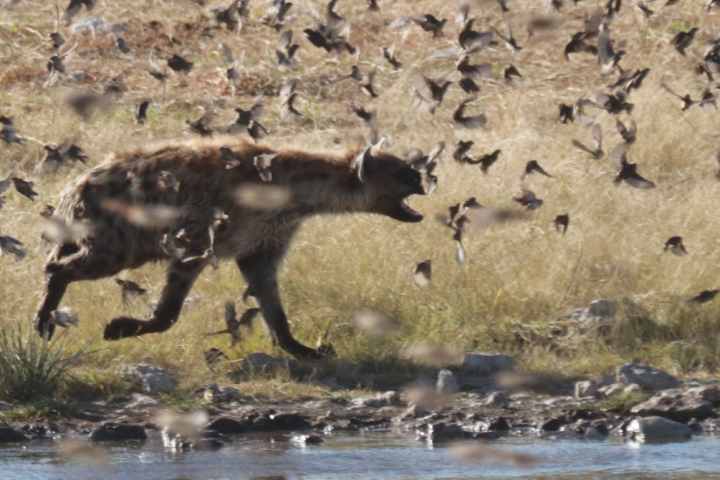
Researchers from UL unexpectedly discovered new way of foraging by spotted hyenas in Africa
Spotted hyenas are the second largest species of large carnivore in Africa. Most people know them as scavengers, but they are in fact also successful hunters of antelope, zebra and other African ungulates. Little is known about their feeding on smaller prey. In Namibia, researchers from the University of Ljubljana have discovered an unusual and hitherto unknown way of feeding the local hyenas - on songbirds.
